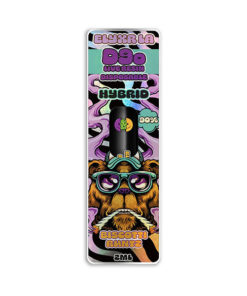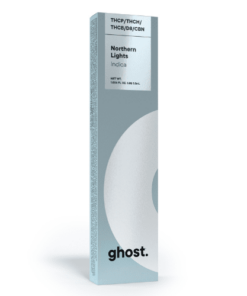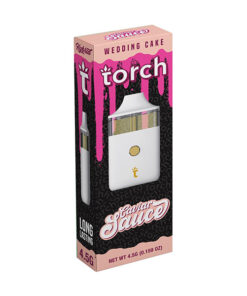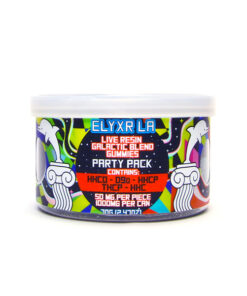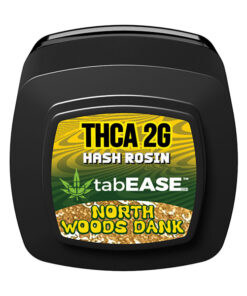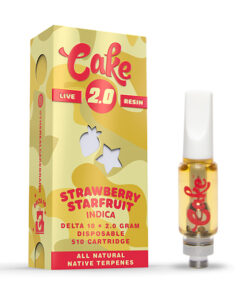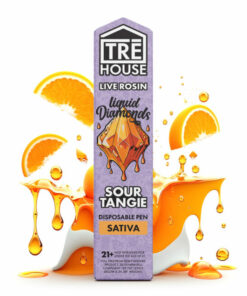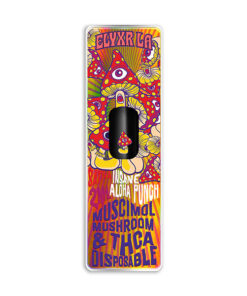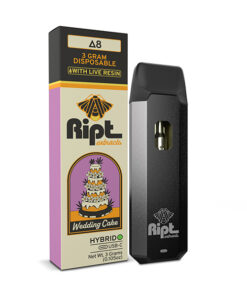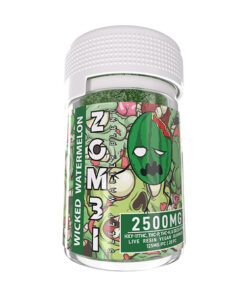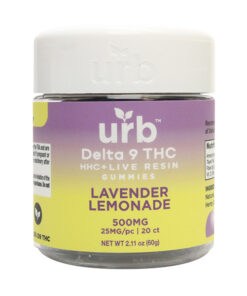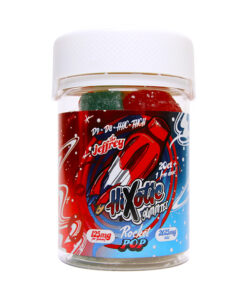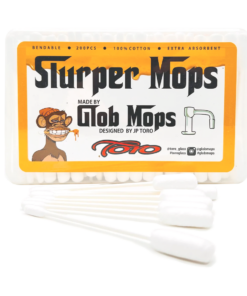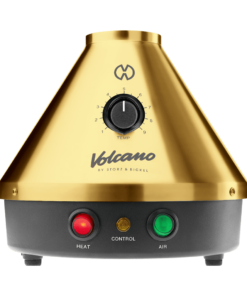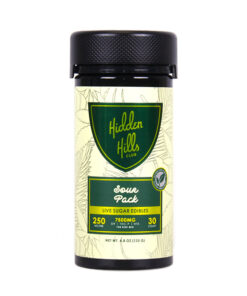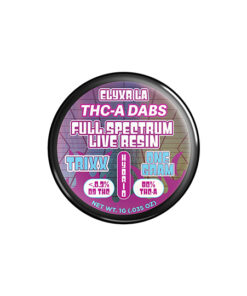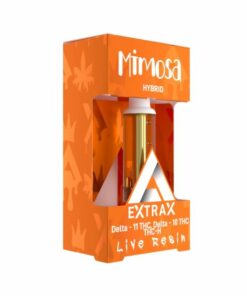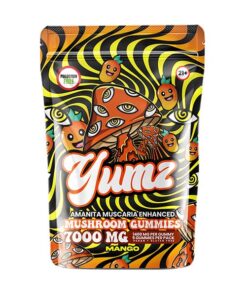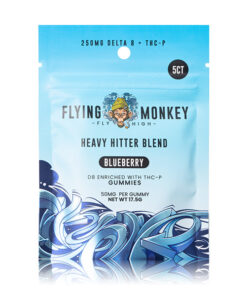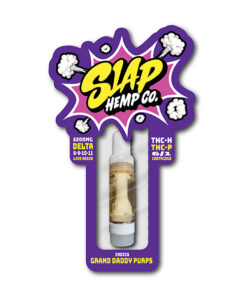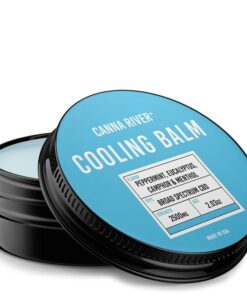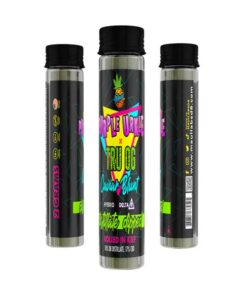Exploring Strains for Beginners: Finding Your Ideal Fit
Navigating the expanding market of cannabis products in the wake of legalization can be overwhelming initially. With guidance, discovering the perfect strain becomes more accessible, paving the way for a tailored cannabis experience that suits your needs.
This guide serves as a starting point, introducing beginners to fundamental concepts, highlighting new options, and leading towards a deeper understanding of the science behind cannabis.
Understanding Marijuana versus Hemp
Derived from the same cannabis plant, marijuana, and hemp exhibit distinct characteristics. Hemp varieties, cultivated for fibre production, boast low psychoactive elements, while marijuana plants, cultivated for flowers, possess numerous side branches, presenting a bushier appearance.
Both have been used across millennia for medicinal, religious, and recreational purposes, resulting in a diverse array of cannabis strains bred for unique chemical compositions.
Decoding Indica and Sativa
Categorized into three species—Cannabis Indica, Cannabis Sativa, and Cannabis Ruderalis—cannabis’s historical roots trace back over millions of years. Sativa variants, with higher CBD levels, emerged in Europe, while the Asian variant, Indica, developed higher THC levels but lower CBD content.
However, the modern use of ‘indica’ and ‘sativa’ refers more to subjective experiences: sativa users often feel alert and motivated, while indica users typically experience relaxation and sleepiness.
Understanding Delta-8 Hybrids
Hybridization of indica with sativa leads to the creation of Delta-8 hybrids, combining desired traits. The term ‘hybrid’ encompasses a broad range of cross-breeding efforts, often incorporating ruderalis’ auto-flowering characteristic.
Retailers typically use ‘sativa’ to denote energy, ‘indica’ for relaxation, and ‘hybrid’ as a blend. As a beginner, seeking guidance from experts, reading reviews, and cautiously experimenting with new products can aid in discovering the right fit.
The Role of THC and Cannabinoids
Phytocannabinoids—over 100 identified chemical compounds in cannabis—interact with endocannabinoid receptors in the body.
Delta-9 THC, the most recognized compound, chiefly responsible for inducing psychoactive effects, differentiates hemp from marijuana based on THC levels.
CBD and CBG, lacking psychoactive properties, offer pain relief, reduce inflammation, and provide antioxidants, each with distinct attributes.
Unravelling Terpenes and Phenolics
Terpenes, responsible for cannabis’ aroma and taste, enhance the effects of THC, CBD, and CBG, promoting what’s known as the entourage effect.
These aromatic compounds, akin to essential oils, contribute unique scents, like pine or citrus, and offer potential health benefits. Phenolics, crucial for plant growth and protection, work in tandem with other cannabis compounds, contributing to the entourage effect.
Understanding Chemical Bonds
Atoms form compounds by bonding through single and double bonds, impacting their strength and proximity. Single bonds maintain a looser connection, while double bonds hold atoms closer together, akin to the varying strengths of rubber bands securing lobster claws.
Understanding these bonds aids in comprehending compound interactions within cannabis and their diverse effects.
Understanding Delta Numbers in Cannabis
When cannabis experts discuss THC varieties, they employ Delta notation, wherein the number following Delta signifies the location of the double bond in the chemical structure.
Key variants in this context are Delta 8, Delta 9, Delta 10, and Delta 11, each offering unique THC experiences due to slight differences in their chemical structures.
- Delta-8 THC:
- Exhibits indica-like effects, inducing relaxation.
- Distinct from Delta-9, yet still psychoactive.
- Notable for instant anti-nausea and appetite-stimulating effects when smoked.
- Provides traditional THC benefits, including pain relief, inflammation reduction, and temperature regulation.
- Useful for relieving migraines and psychotic symptoms, particularly in early stages.
- Delta-9 THC:
- 50% stronger than Delta 8, delivering intense psychotropic effects.
- Commonly known as the most familiar THC variety, inducing euphoria, altered perceptions, and coordination difficulties.
- Delta-10 THC:
- As of early 2021, not naturally produced; synthesized from CBD.
- Bridges the gap between CBD and THC, offering sativa-like effects such as increased creativity, happiness, energy, and focus.
- Provides a mild psychotropic effect, less potent than Delta 9, offering a balanced experience.
- THC-P (Delta-9-tetrahydrocannabiphorol):
- Discovered recently and binds with endocannabinoid receptors 30 times better than regular THC.
- Introduced to the scientific community in 2019, promising potential for pain relief and sleep promotion.
- The longer alkyl chain enhances interaction with the endocannabinoid system.
- Combined with standard Delta-9 and other cannabinoids, THC-P may have groundbreaking entourage effects.
For a comprehensive selection of Delta 8, 9, and 10 products, including HHC and THC-P, Delta 8 Resellers provides a convenient platform, sourcing only from esteemed producers.
Explore cutting-edge products with the guidance of our experts today!


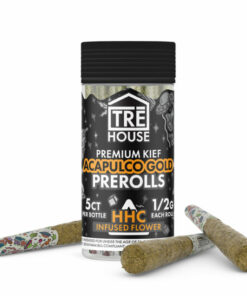 Tre House HHC Pre-Rolls | 1/2g
Tre House HHC Pre-Rolls | 1/2g 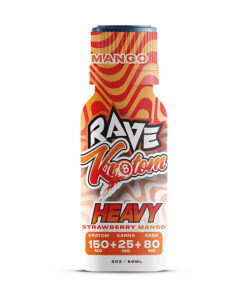 Rave Kratom Target Shot Heavy | 2oz
Rave Kratom Target Shot Heavy | 2oz 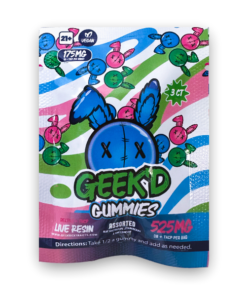 Geek’d Live Resin Gummies | 3 Count
Geek’d Live Resin Gummies | 3 Count 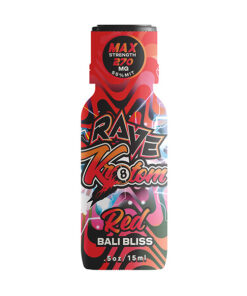 Rave Kratom Red Bali Bliss Shot | 15ml
Rave Kratom Red Bali Bliss Shot | 15ml 


